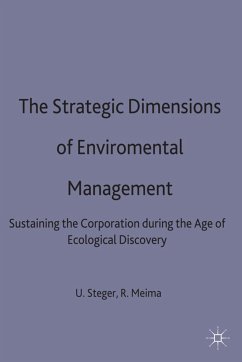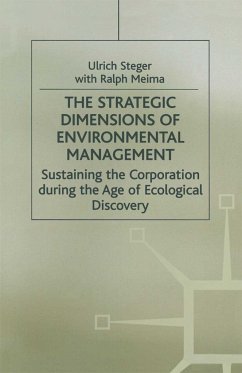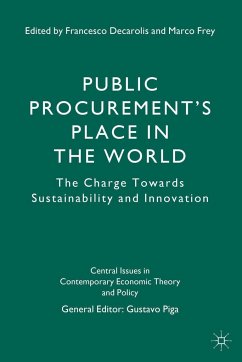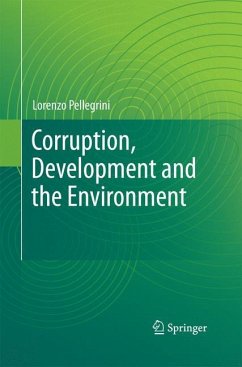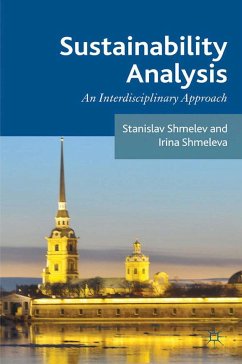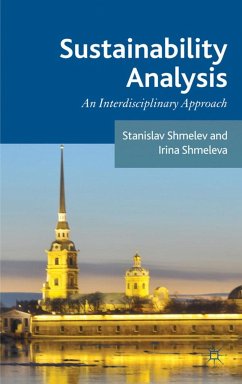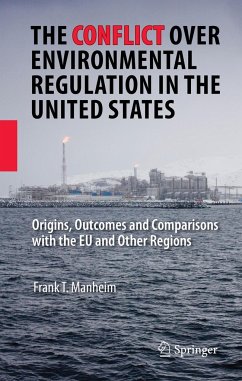
Quantitative Eco-nomics
How sustainable are our economies?
Versandkostenfrei!
Versandfertig in 6-10 Tagen
76,99 €
inkl. MwSt.
Weitere Ausgaben:

PAYBACK Punkte
38 °P sammeln!
"Quantitative Eco-nomics" cuts through the fog of vision and advocacy by comparing and applying new quantitative tools of both environmental and ecological economics. Environmental accounts and empirical analyses provide operational concepts and measures of the sustainability of economic performance and growth. They facilitate rational and compatible environmental and economic policies.This thought-provoking text raises doubts, however, about the measurability of sustainable development. Has the paradigm run its course? The answer is a guarded 'yes' - guarded because the concept still carries ...
"Quantitative Eco-nomics" cuts through the fog of vision and advocacy by comparing and applying new quantitative tools of both environmental and ecological economics. Environmental accounts and empirical analyses provide operational concepts and measures of the sustainability of economic performance and growth. They facilitate rational and compatible environmental and economic policies.
This thought-provoking text raises doubts, however, about the measurability of sustainable development. Has the paradigm run its course? The answer is a guarded 'yes' - guarded because the concept still carries considerable environmental goodwill. At the same time the opaque concept fosters contradictory policy advice, or worse, inaction. Do we need zero- or accelerated economic growth? Should we reduce conspicuous consumption or enjoy spending as we see fit? Will rules and regulation or adjusted markets prevent environmental disaster?
This thought-provoking text raises doubts, however, about the measurability of sustainable development. Has the paradigm run its course? The answer is a guarded 'yes' - guarded because the concept still carries considerable environmental goodwill. At the same time the opaque concept fosters contradictory policy advice, or worse, inaction. Do we need zero- or accelerated economic growth? Should we reduce conspicuous consumption or enjoy spending as we see fit? Will rules and regulation or adjusted markets prevent environmental disaster?







